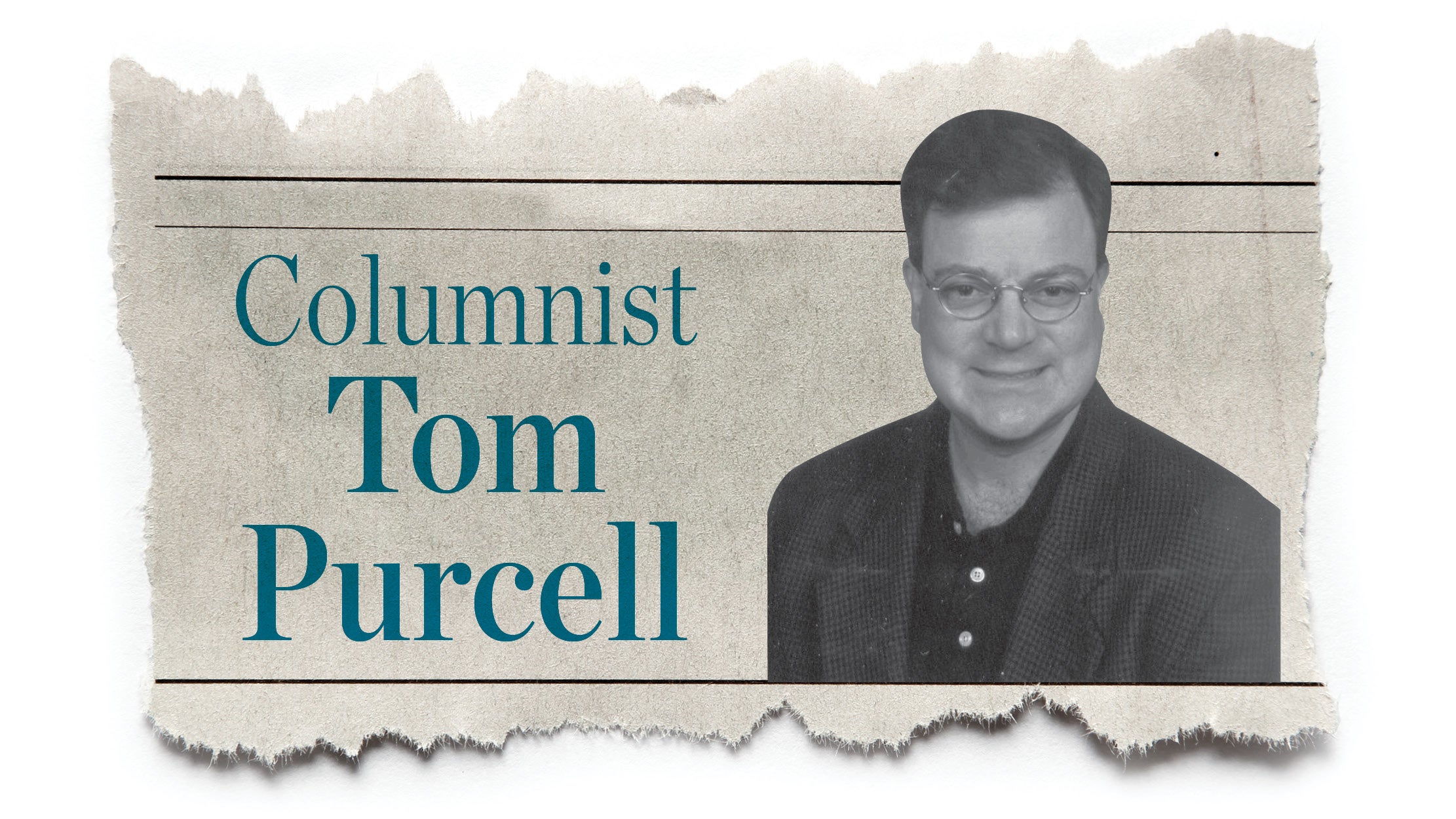75 years later, we must never forget
Published 3:39 am Saturday, January 25, 2020
Monday marks 75 years since the liberation of of the Auschwitz concentration camp in Poland in the last months of World
War II.
More than 1.1 million were killed by Nazi Germany in the camp, including 960,000 Jews, and the date of its liberation has been declared as Holocaust Remembrance Day around the world.
One of those who was sent to Auschwitz, but survived, was Wilhelm Brasse, a polish photographer sent to the camp in his 20s.
He told the L.A. Times, in a 2006 interview, about the grim odds those who entered faced, with 85 percent of prisoners dying.
“The SS chief told us the average life expectancy was two weeks,” Brasse said. “The strongest would survive for around three months but it was death in the end, however tough you were. It was constant hitting and kicking and humiliation.”
Due to his career snd background, Brasse was selected by Auschwitz administrators and ordered to document the camp, including taking tens of thousands of identification photos for prisoners.
New arrivals were brought in front of his camera, many unable to speak the same language as guards.
“I saw all those big eyes, terrified, staring at me,” Brasse said of the prisoners, most of whom were sent to be killed in the gas chambers shortly after. “I could not go on. These are things you can never forget.”
He particularly remembered the case of Czesława Kwoka, a 14-year-old Polish catholic girl deported to Auschwitz in December 1942.
Her lip was bloodied, having just been beaten by a guard.
“She was so young and terrified,” Brasse said. “The girl couldn’t understand what was being said to her so this woman kapo took a stick and beat her about the face. (…) I felt as if I was being hit myself but I couldn’t interfere. It would have been fatal.”
As the Soviet Army neared the camp, the Nazis destroyed records of those who were there.
Brasse, who died in 2012 at age 94, was able to bury many of his photographs, and they were retrieved after the war, providing haunting images of those like Kwoka, who died months after arriving in the camp with her mother.
As few with first hand memories of Auschwitz remain, these photos put identities to what would otherwise have been faceless statistics.
Brasse only saw most of these victims of Auschwitz for a few moments, but his efforts to preserve their memories allowed these lives not to be lost to history, and forever thwarting the apologists and denialists of the Third Reich, who, sadly, to this day, try to dismiss the crimes that occurred.
Unfortunately, the lessons of history are not always heeded and, in decades since, we’ve continued to see the bigotry and hate that provided the seeds for the Holocaust continue to be present in society.
It is imperative that we never forget those who perished and that we must be vigilant to never allow such an atrocity to happen again.




